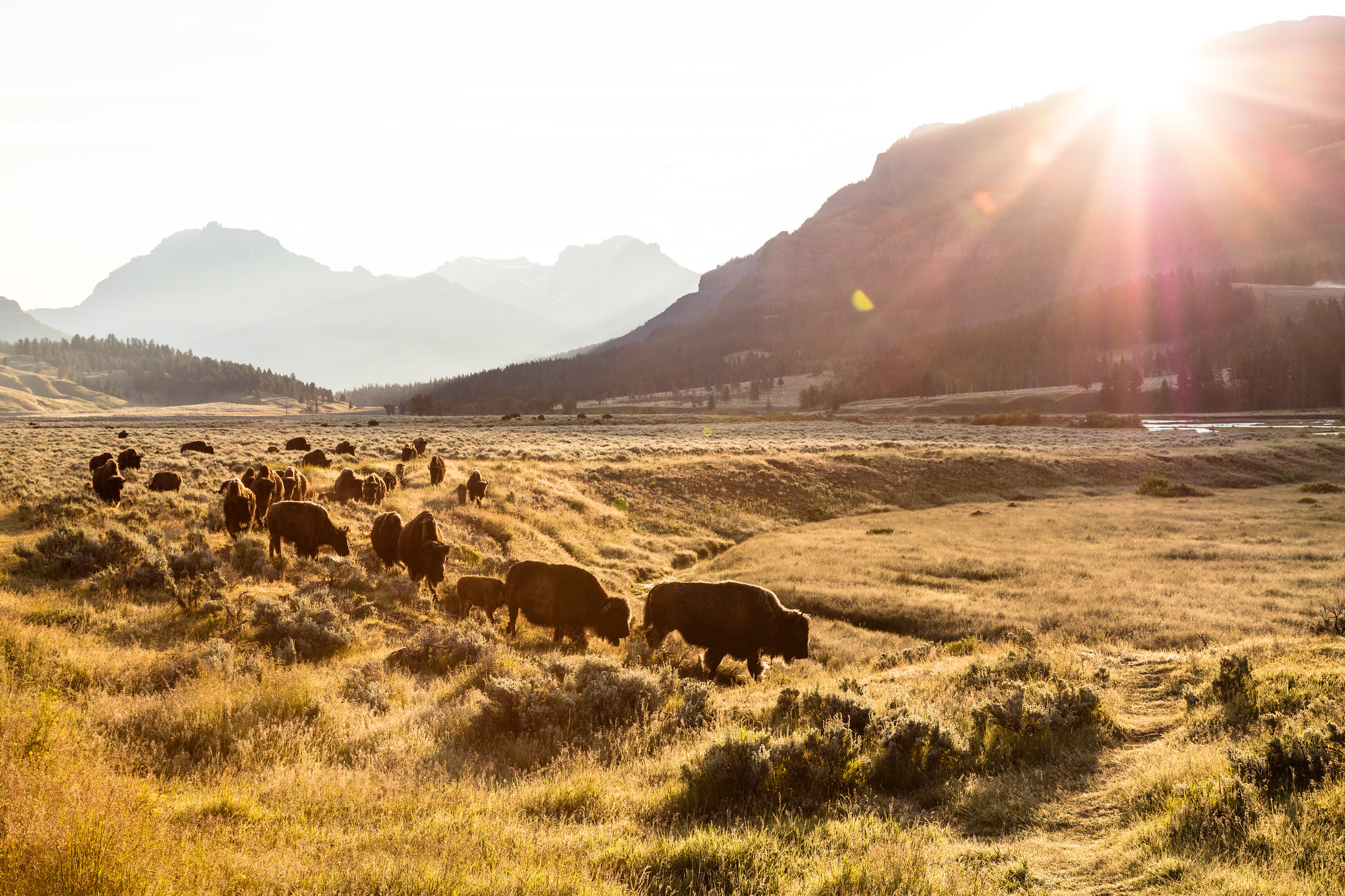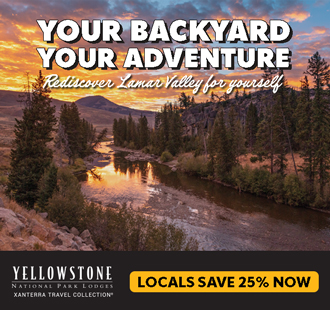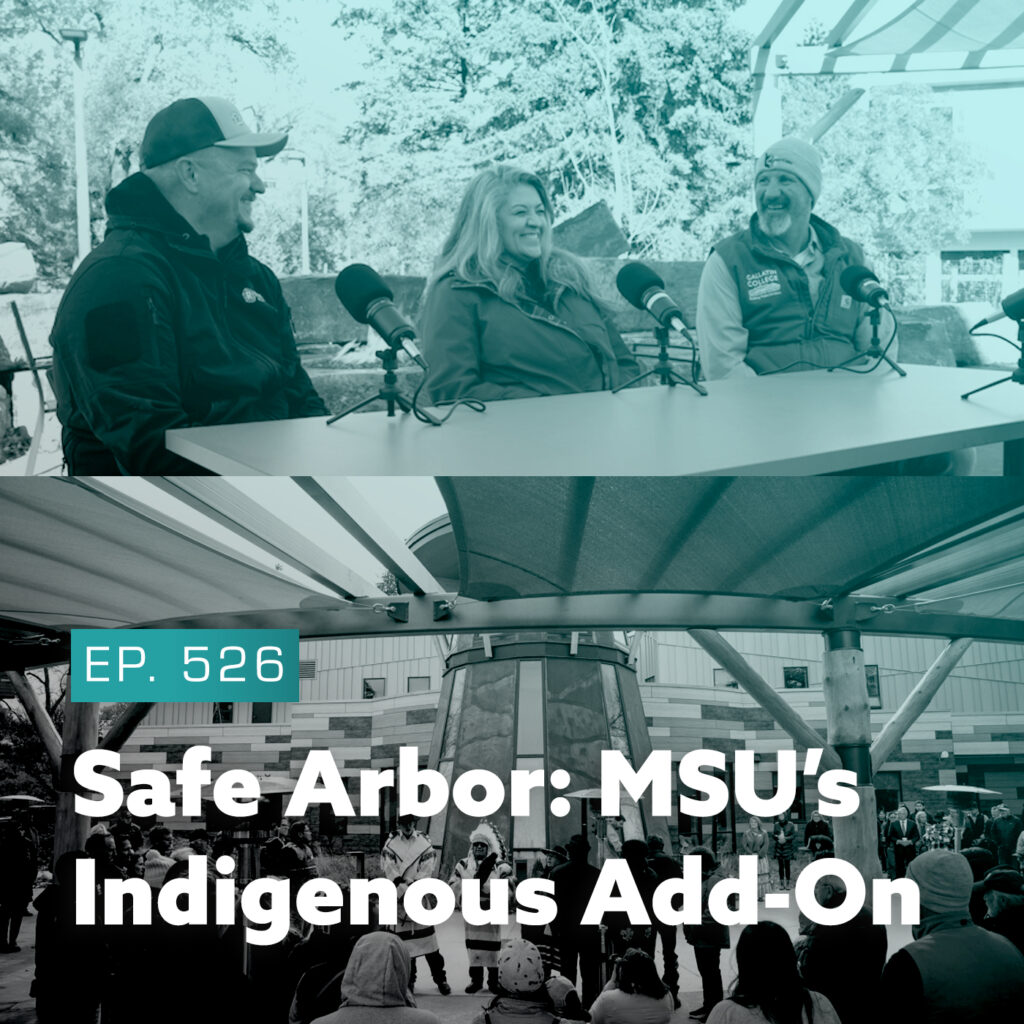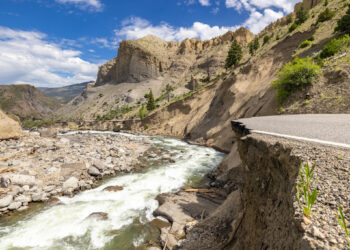New documentary tells the story of bison, people and land impacted by the iconic mammals.
By Erika Fredrickson MONTANA FREE PRESS
“The American Buffalo,” Ken Burns’ upcoming documentary, took four years to produce, but the idea behind it can be traced back more than 30 years.
Burns recently found an earlier version of a proposal for a film about bison in his files. It had been written in the mid-1990s and in discussion since the late 1980s. The legendary filmmaker, known for his sweeping, multi-part historical documentaries, says sometimes a film idea gets a green light right away and rolls out over a relatively short time. But the story of the bison — and its role in American history — sat on the backburner while Burns made a slew of other big films.

“And I’m now beginning to think that I needed this time — we needed this time — to do this,” he says in an interview with Montana Free Press. “To finish ‘Lewis & Clark,’ to do ‘The National Parks,’ to do ‘The Dust Bowl,’ to do all the other projects we’ve done, and to finally come around to telling this story.”
“The American Buffalo” is a two-part, four-hour series that will premiere on PBS in October, although Burns will be in Missoula for a free preview June 8. It was written by Dayton Duncan, who wrote “Dust Bowl” and other Burns documentaries, and produced by Julie Dunfey, who produced “Country Music,” among others. Much of it was shot in Montana, and the film features scores of interviews with Montana historians. It takes viewers through 10,000 years of North American history to chronicle the iconic creature and the events and people that impacted it.
The film pays particular attention to the late 19th and early 20th centuries, when bison were brought to near extinction and then, incredibly, revived. Classic western characters make appearances — Buffalo Bill Cody, for instance — and familiar ground is covered, but the film is notably centered on Indigenous experiences, focusing on bisons’ inextricable link to Indigenous people of North America for thousands of years and what happened when that link was attacked. Much of that story is told from Indigenous perspectives, through interviews with scholars, tribal leaders and land experts who provide worldviews and knowledge that disrupt the classic narrative.
“We’ve spent a long time absolutely certain that only one perspective ever mattered,” Burns says. “Even if it was sympathetic to other perspectives, it nonetheless had its own kind of tyranny. And at this point, we just have to stop and learn from other people.”
When MTFP caught up with Burns, he had just come from working on the film’s audio mix. Rewatching it had him amped up. “It’s occupying every inch of my consciousness,” he says.
Even though he knows every inch of it, he continues to find the reality of the story jarring.
“One thing that stuck in my craw today,” Burns says, “was something [retired University of Montana history professor] Dan Flores says [in his interview] about this being the biggest slaughter of animals in the history of the world. Not just obviously the buffalo, but the elk and the antelope and the wolf and the coyote and the, you know, everything. And that’s stunning, if you think about it.”
Burns calls “The American Buffalo” a three-act story. The first act establishes how integrated the bison and Indigenous people were with their landscape. Babies were swaddled in buffalo robes, and when they became old and died, they were swaddled in them again. By the end of the act, when the decimation of bison devastated those complex spiritual and ecological connections, the film leans into the true horror of it. Rotting carcasses and bones being picked over illustrate the grotesque waste. But the pain of it all is especially relayed through the Indigenous interviews woven into the film that reveal the trauma of it in such a personal way.
In one interview, Rosalyn LaPier, a Blackfeet and Métis writer, environmental historian and ethnobotanist who taught at UM’s Environmental Studies Program, explains the wallows — topographic depressions where bison bathed and drank. Wallows served animals on the prairie, but also hosted the growth of medicinal plants. When bison were nearly killed off, unused wallows no longer grew those plants.
But “The American Buffalo” is meant to be a story of hope, and the second act seeks to tell the story of a diverse set of people — each with their own motives and imperfections — trying to bring the bison herds back.
“And the third act is that big question, like, what are we going to do now?’” Burns says. “Yeah, the buffalo is saved, but you know, where’s the ecosystem that supports them? Right? If they’re standing in feedlots, being fattened. If they’re just in protected lands.”
If “The American Buffalo” had been made 30 years ago, it could not have documented some of the triumphs bison and Indigenous peoples have recently experienced. In 2020, the National Bison Range — established in 1908 by the federal government on the Flathead Indian Reservation without tribal consent — was restored to the Confederated Salish and Kootenai Tribes. Now called the Bison Range, the 18,000 acres of undeveloped land is home to 350 bison and counting. Germaine White, information and education specialist with the CSKT, was interviewed for the film. She told MTFP the documentary tells an important story that many people — even those who grew up in Montana just a few hours from the bison range — don’t fully comprehend.
“I think the story of bison is one of the most compelling and heartbreaking stories of wildlife in the entirety of American history,” she says. “And I think that the extraordinary, extraordinary efforts that are being made at this point to restore bison herds — it has made me incredibly hopeful for Indigenous people. Restoring bison and bison numbers to the plains is a huge effort in restoring a balance to the natural world in a way that we don’t yet even fully understand.”
For White, the film also holds some hope for the country’s tradition of storytelling about the West. Getting to the core of painful stories, she notes, can pave the way toward restorative solutions.
“It’s like with Nazi Germany,” she says. “What was so incredibly courageous of Germany after World War II is they owned it. I don’t know that this country has ever truly faced our history. It’s a very dark history, and I don’t know that the systematic genocide, land theft, and then subsequent efforts at erasure are a story that’s as widely told. But I think that this is a time where people understand it’s important to tell the complexity of our history. All of it.”
Burns agrees.
“It’s about accepting that something and the opposite of a thing — as Wynton Marsalis said to me in our jazz series — could be true at the same time,” he says. “And that’s life. I mean, that’s the genius of Shakespeare. That’s the best poetry, that’s the best films. They’re all complicated and filled with undertow and contradiction. And that’s how you tell it’s a good story. Stories distinguish themselves because they’re not arguments. That’s all we do now is argue. Right? And the novelist Richard Powers said that the best arguments in the world won’t change a person’s point of view. The only thing that can do that is a good story.”
Burns made his 1996 documentary “The West” with a certain determination to avoid buying into the fables and white-man mythologies of gunslingers and bandits. He wanted to dig deeper. But telling stories better sometimes requires filmmakers to evolve with the times as the culture is changing. There is now a greater push to center Indigenous voices in art and education, not just a seat at the table but a leading role. Burns says foregrounding the perspectives people like White and LaPier, who understand the story on a more personal, ancestral level, gave the filmmaking more depth. The film’s third act, which includes commentary from land expert George Horse Capture Jr., Aaniiih, is an invitation to viewers to entertain a set of values about land, economy, ecology and even storytelling itself.
“I love the West, and I love the buffalo,” Burns says. “And I love to try to tell stories. But I think maybe if I had to boil it down — how I feel about it — it’s in George Horse Capture Jr’s attitude. What he says flies in the face of Manifest Destiny. And he just helps arrest the kind of arrogant momentum of my accumulated knowledge and dissolves it on the spot. What you’re left with is a kind of peaceful silence that comes from him asking you to see things from a different perspective.”
A preview of the film hosted by Montana PBS will screen at the Wilma Theater in Missoula on Thursday, June 8. The event includes a panel discussion with Ken Burns, writer Dayton Duncan, producer Julie Dunfey, historian Rosalyn LaPier and National Wildlife Federation-Tribal Buffalo Program Senior Manager Jason Baldes. Doors open at 6:30 p.m., and the event — free to the public — starts at 7 p.m.












